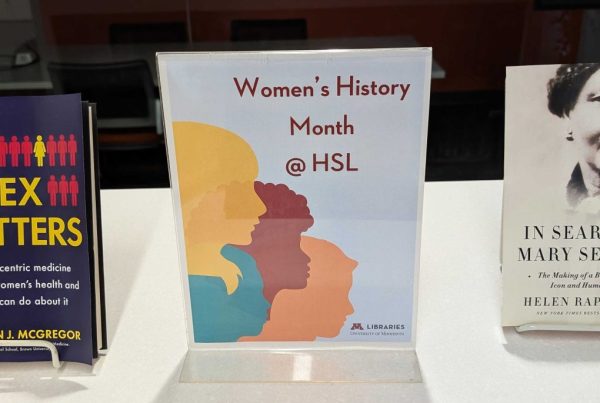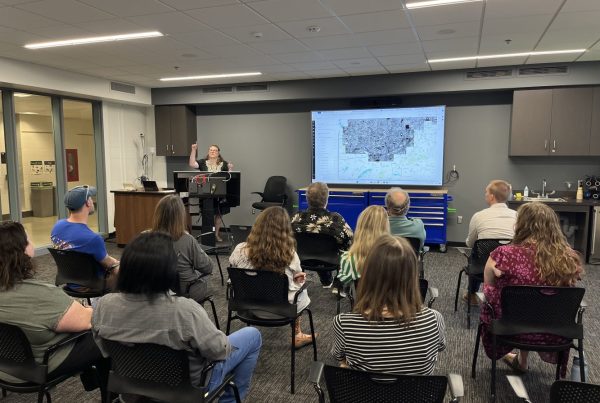By Kimberly L. Clarke and Rafael E. Tarrago
The Diverse Heritage of United States Hispanics: Afro-Hispanics
Hispanics in the United States trace their origins to racially diverse Latin American countries and Spain. The first direct link between the United States and a Latin American country was with Mexico during the Mexican American War of 1846.
After that war, Mexico ceded approximately half of its territory to the U.S., and Mexicans on the annexed Mexican territory were given the choice to head south to Mexico or to remain on their land and become U.S. citizens. Most opted to become U.S. citizens.
Toward the end of the 19th century, as Cubans sought to gain independence from Spain, many Cubans immigrated to the U.S. in order to escape strife and repression in their native island. After the war of the U.S. with Spain in 1898, Puerto Rico became U.S. territory, and in 1917 Puerto Ricans were granted U.S. citizenship.
During the 20th century dictatorships and revolutions in Latin America brought to the United States many political and economic refugees from Cuba, Dominican Republic, Central America, Colombia and Venezuela — countries with Afro-descended populations. According to a Pew Research Center report dated March 2016, a quarter of U.S. Hispanics today identify as Afro-Latino, that is, Hispanic Americans with African Ancestry.
Watch ‘Afro-Latinos in the US’
Research resources on Afro-Hispanics at University Libraries
The University of Minnesota Libraries’ collections support research on the history of Afro-Hispanics.
- Reference resources such as Chicano Database and Informe are useful guides to find what has been written about Hispanics in the United States.
- Databases Latino Literature and Arte Publico [series 1 and series 2] contain, in digital format, accounts by Hispanics of their experience in the U.S. In addition to monographic works of analysis in history and the social sciences, such as Saenz’s and Morales’ Latinos in the United States: Diversity and Change (Polity Press, 1988), it includes anthologies of literary authors such as The Northon Anthology of Latino Literature, and works of prominent Afro Hispanic authors like Junot Diaz and Willie Perdomo.
- The University of Minnesota Libraries subscribes to the academic journal Afro-Hispanic Review, published by the Afro-Hispanic Institute since 1982.




